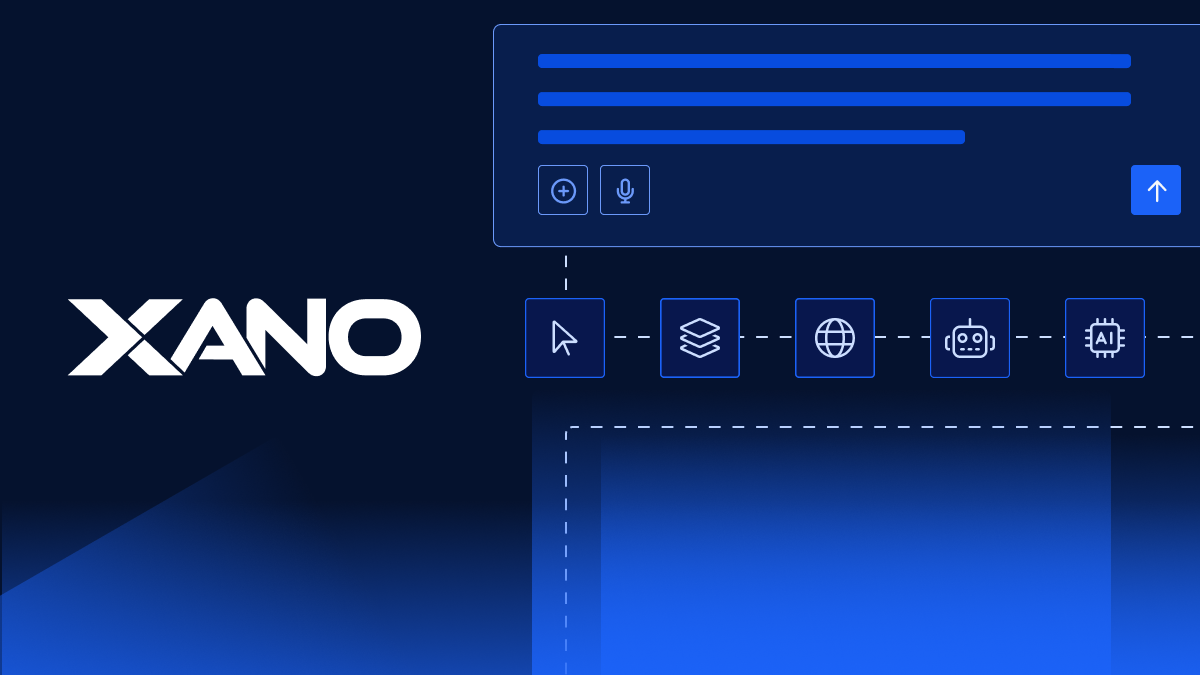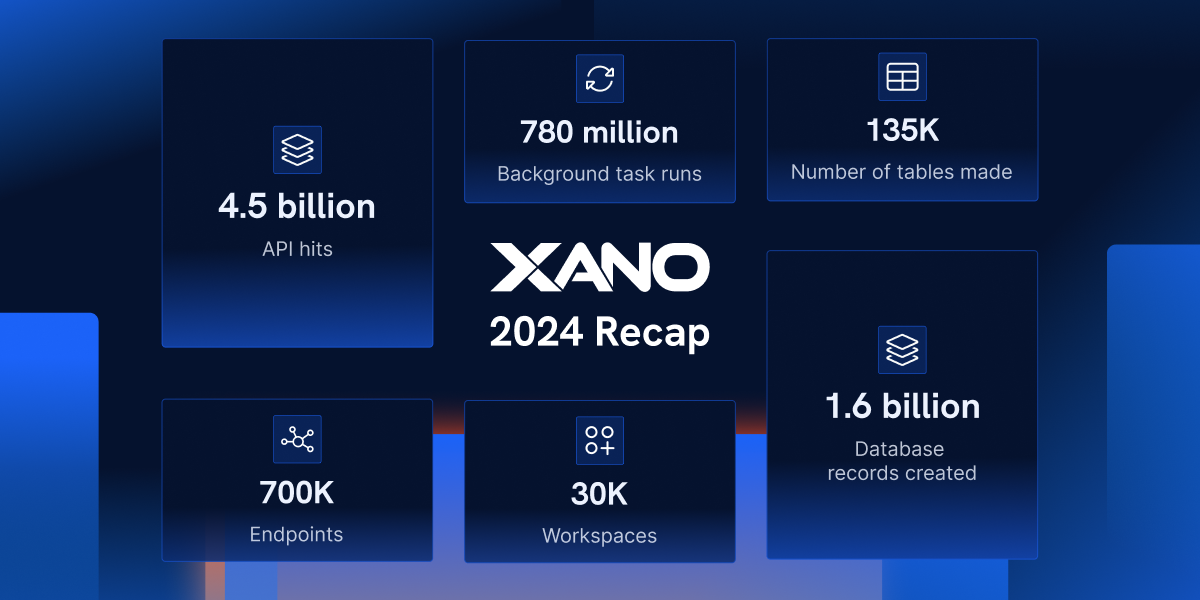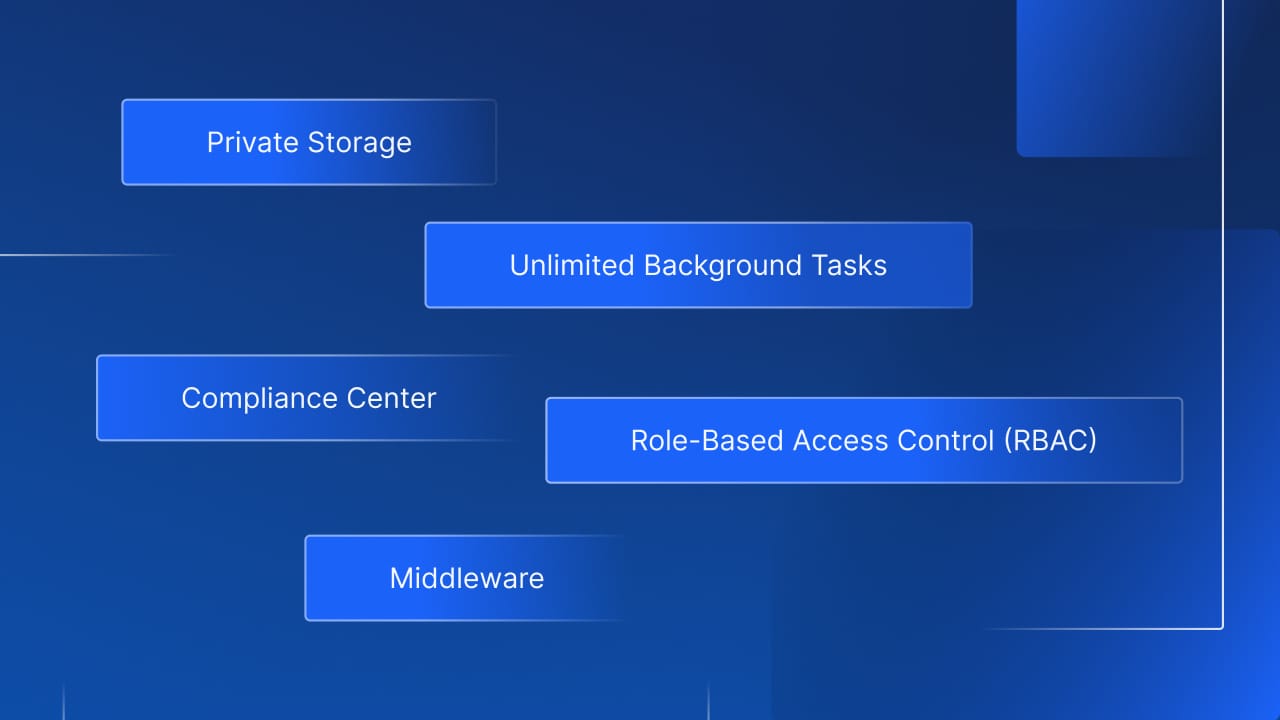Which JavaScript Frameworks Should You Learn For 2021?
By Xano | July 30, 2021

JavaScript remains one of the most popular programming languages on the market. Learning at least one JavaScript framework is an excellent way to sharpen your resume and diversify your skillset, but – due to JavaScript's popularity – there is a seemingly endless array of options available when it comes to JavaScript frameworks.
Which JavaScript frameworks should you learn in 2021? The truth is, there is no one right answer and each option comes with its own set of pros and cons, and the answer is somewhat subjective from individual to individual. You will have to take your personal needs into consideration, as well as your current skill set – some frameworks are better suited for programmers with more or less experience.
Below, we will break down some of the most popular options in 2021.
ReactJS
Launched by Facebook in 2013, ReactJS remains one of the most popular JS frameworks on the market – and it's easy to see why. Factors like strong community support, improved efficiency, and reusable components are all responsible for its enduring popularity. Best-suited for cross-platform and small business applications, React is known for having a relatively short learning curve. Most programmers are able to pick it up within two to three weeks. As React is so popular, there are ample learning resources readily available online for free.
Popular features of ReactJS include:
- Allows programmers to choose the pattern they want to implement in their web app
- Supports both functional based and class based components
- Uses a unidirectional data flow
- High-quality user interface for most devices
However, you do not have the freedom to choose your own structure with React, so it is not necessarily the best option for large, complex applications.
AngularJS
AngularJS is best known for its versatility. It is a robust framework that works especially well with more complicated frontend projects and was originally created in 2009 to make advanced web apps. While it has seen a slight decline in popularity recently as newer frameworks gain steam, it remains one of the best options for large-scale applications. Many programmers get their start working with Angular.
Popular Angular features include:
- Dependency injection, allowing components and methods to be separated from one another
- Built-in dependency injection, allowing developers to easily build and evaluate applications
- Declarative HTML templates through the use of directives
- Two-way data binding dependency injection
The one major drawback of Angular is that it comes with a harsher learning curve than other options, especially if you are less experienced. While it is a valuable skill to have on your resume, it may take significantly longer to learn than other options.
Vue
The second most used JS framework, Vue – like React – comes with the benefit of ample community resources, making it fairly easy to learn on your own time. In fact, some programmers think Vue is one the easiest Javascript frameworks to learn. Vue has become popular recently due to factors like its detailed documentation, small framework size, reactivity, and reusability.
Some popular Vue features include:
- A data binding feature that enables the process of manipulating and assigning values to HTML attributes
- The use of virtual DOM
- Allows for a more customized declarative style template
- Strong online community of Vue developers, making it easier to seek guidance/resources
Vue is particularly popular in the Asian market and works well for high-performance applications. However, it may not work as well for advanced frontend projects as options like Angular.
Svelte
One of the newer frameworks, svelte is already gaining popularity due to the unique way it works. Rather than being a library like traditional frameworks, svelte is a compiler – meaning it compiles and ships bundles of code rather than shipping them along with the entire library. This means that svelte works significantly faster than other options.
Popular features of svelte include:
- Has shorter LOC in comparison to other options, making it much simpler to learn
- Significantly faster load times
- Supports bi-directional flow of data
- Apps built using svelte have a smaller bundle than other frameworks
Because svelte is so new, however, it is a less in-demand skill on the job market, and there may not be as many community resources available when learning svelte. However, it's still worth keeping svelte on the backburner in the future as it is poised to grow in popularity.
EmberJS
A well-known open-source framework, Ember is known for its adaptability and flexibility. In fact, Ember can generate an entire development stack when it is used in conjunction with other essential tools. Ember can be used in a huge range of web applications, so knowing Ember can make you a viable candidate for a larger pool of jobs.
Popular Ember features include:
- Templates that automatically update the model after you alter the content
- Ember Inspectors' Tools, a feature that assists with debugging
- Uses its own backend architecture, permitting programmers to create application-specific HTML tags on their own
- Open-source JavaScript framework
While Ember is a great framework to learn in a lot of fields, it is similar to Angular in that it comes with a tough learning curve. Therefore, it may not be an ideal choice for beginners.
PolymerJs
Also an open-source JavaScript, PolymerJS was designed by Google developers and then released on GitHub. Polymer is used by Google services and – as a result – the framework has recently gained a lot of popularity on the market. What makes Polymer unique is that it intimidates the features present on the web platform, allowing developers to build components.
Popular features of Polymer include:
- Strong support for web components and offline modules
- The fastest framework for building custom HTML elements
- Easy to build customizable, reusable modules
- Allows for quick and easy development of hybrid mobile applications
However, if you do not have experience with web components, learning Polymer can be a struggle, especially as some components do not have good examples or documentation.
MeteorJS
The most commonly used back-end JavaScript framework, Meteor JS helps you develop the backend quicker and more efficiently than other options. Front-end developers can operate on the backend when using Meteor without needing to switch between languages, so the framework offers a lot of inherent flexibility.
Popular Meteor features include:
- Uses an open-source Isomorphic Development Ecosystem, which allows you to create web applications from scratch
- Provides all full-stack features needed for building web applications
- Uses the same code regardless of what you are developing (i.e., web, iOS, Android, or desktop applications)
- Integrator live-brower reloading
However, much like other options, Meteor may be hard to learn for programmers with limited experience.
The Bottom Line
There is no shortage of JavaScript frameworks to learn going into 2021. Well-known options like ReactJS and Vue can help you land a lot of jobs, but up-and-coming frameworks like svelte may become more and more valuable in the future. The best way to determine the right framework for you is to spend some time evaluating which frameworks are best suited for your individual needs.
Looking for solutions for your company? Xano is the fastest No Code Backend development platform on the market. We give you a scalable server, a flexible database, and a No code API builder that can transform, filter, and integrate with data from anywhere. Sign up here to get started.
The post Which JavaScript Frameworks Should You Learn For 2021? appeared first on Xano.

















